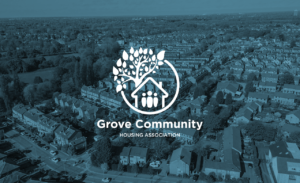AI has been used for several years to recognise objects in still images and moving videos and it is now very accurate, simple and cost-effective to use for a variety of applications. Hostcomm uses machine learning to teach its AI system what certain objects are. This is done by adding a collection of around 100 images of an object from various perspectives to a ‘brain’ which will then know exactly what the object is. This process can be developed further so that the AI ‘brain’ knows what an object or mechanical layout should look like and is able to send an alert when it finds an anomaly. The AI system is very accurate when trained properly and brings automation to remote visual assistance inspection tasks or to work as a second pair of eyes so that problems are not missed.
AI can also be used to conduct facial recognition using the same method, which can provide very quick identification of the remote party during a remote visual service session to ensure that they are who they say. AI-based detection and alerting can ensure GDPR compliance during remote visual inspection sessions to avoid the accidental recording of entities or objects such as a child, credit card or bank statement.
Remote visual assistance sessions generate multiple images and videos and AI can be used to tag objects and categorise the media to improve search systems automatically. For example, the tagging system can help in situations where an inspector needs to access all media relating to a specific mechanical failure without having to manually search through thousands of images and videos. The AI object search system will score everything based on relevance.



